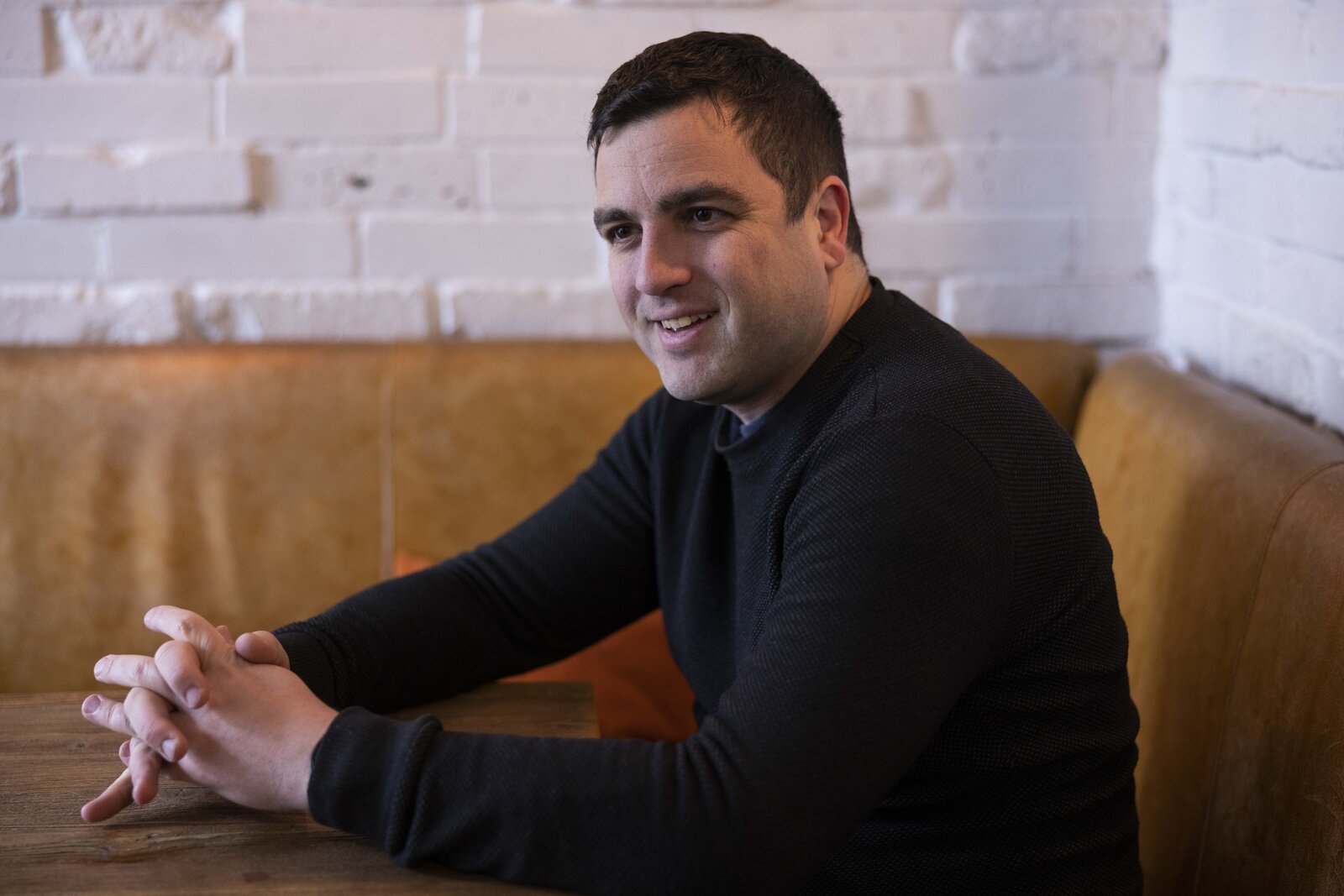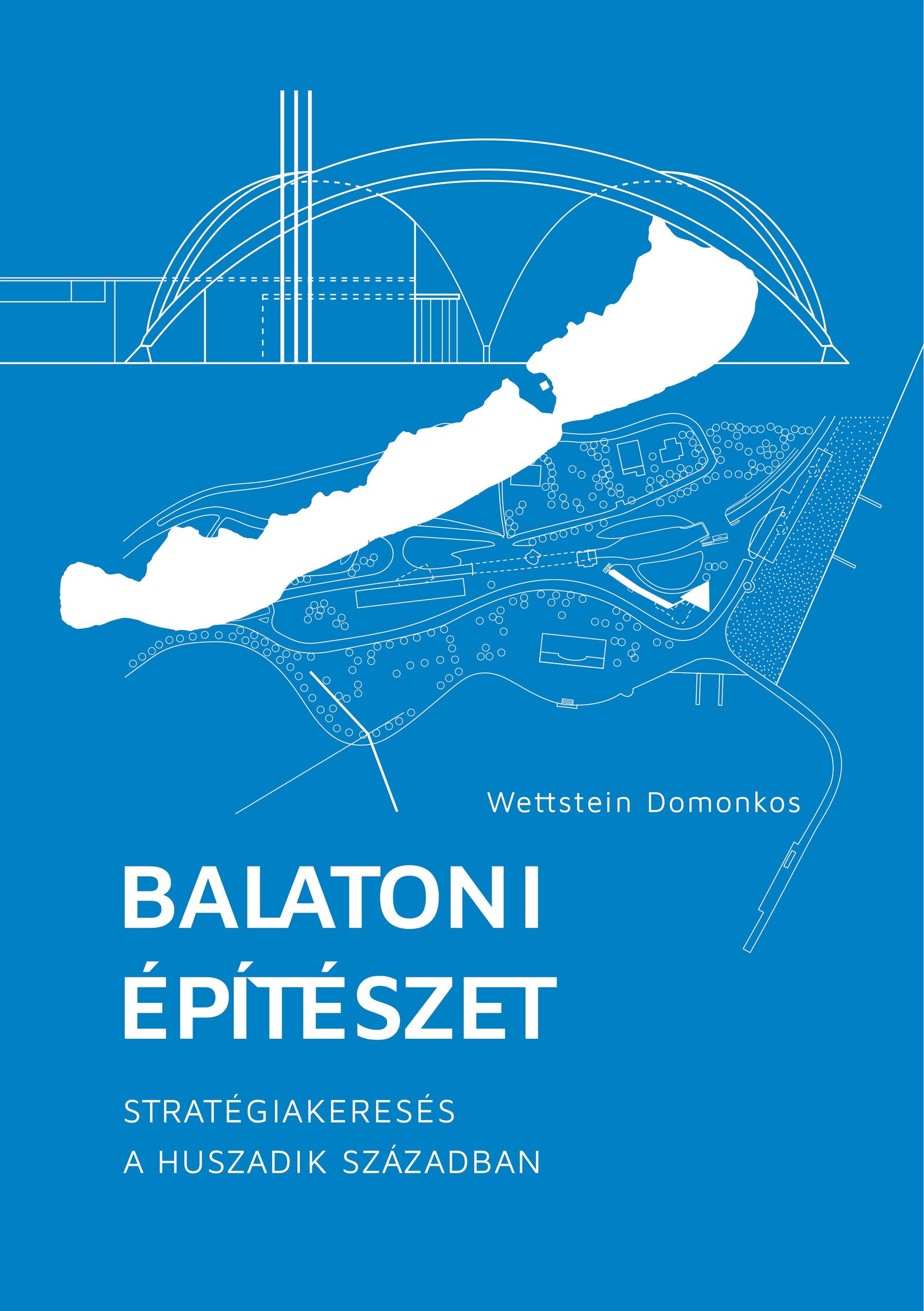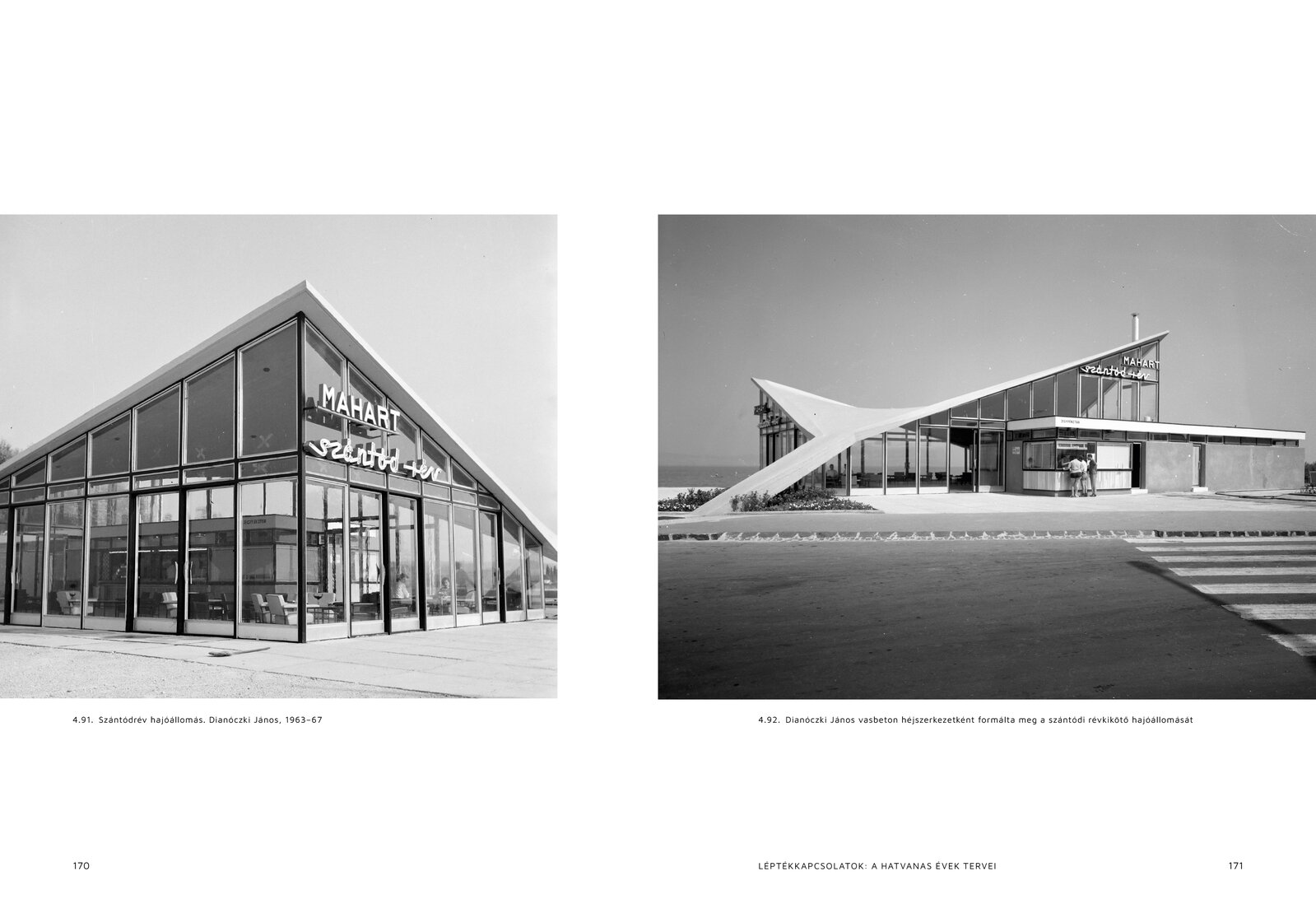Lake Balaton Architecture in the 20th Century - Architect Domonkos Wettstein on his recent book
Iconic coast-side buildings such as Tátika in Badacsony, the former post office at the port in Tihany or the waiting room of the Szántód ferry are a few examples of the most prominent 20th-century architecture on Lake Balaton. Domonkos Wettstein, architect, and assistant professor at BME (Budapest University of Technology and Economics), explores the architectural heritage of the period in his recently published book Balaton Architecture – Searching for Strategy in the Twentieth Century. We spoke with him.
How long have you been working on this subject? Who do you recommend the book to? Which buildings are your favourites? We asked him these questions and more.

Many ties link you to Lake Balaton. What do the lake and its surroundings mean to you?
I've been holidaying in Balatonszemes since my childhood. The family holiday home has been on the Hunyady housing estate for generations, and it's one of the oldest houses of the neighbourhood. Its simplicity had a significant influence on my architectural approach and inspired me to research the architecture of Lake Balaton. But I also owe a lot to friendships and the community life in the area. The local Bathing Association has a history of more than 110 years, although it was dormant during the socialist era. We want the civic activity to continue to serve the development of the settlement. We are trying to help the community by working together while trying to preserve local values and protect the natural environment at the same time. For this reason, Lake Balaton, first and foremost, means the immediacy of seasonal community relations and the proximity of nature to me.
The scope of your research is the history of regional planning at Balaton, so the topic is not surprising. How was the idea of a book about it born?
The book is the summary of more than ten years of research; I wrote my doctoral dissertation on this topic. I had authored several thematic articles before, but I wanted to write the definitive story in a coherent form, partially because of the need for the textual formulation of this history but also because of the visuals and illustrations. I used a lot of archival sources, including personal legacies, and I wanted to present them to the public. In addition to period photographs, the images include archived blueprints of various scales, from regional plans covering the whole landscape to parcel designs for spa parks and cottage-type drawings.

Who do you recommend the book to? Is it an easy read for lay readers?
My purpose was not only to make the research results known in academic circles but also to make them accessible to the general public. I have, therefore, tried to strike a balance between writing a rigorously scientific history and a readable, easily understandable presentation. The text covers a historical process spanning the twentieth century, each chapter dealing with a different period. It includes a detailed discussion of inter-war architecture, in particular the development of the bathing resorts of the period, the summer house plans and the significant public buildings of the times, such as the Balaton Limnological Research Institute in Tihany or the Roman Catholic Church in Balatonboglár.
The book describes the new social order and nationalisation that followed the Second World War and the first comprehensive regional plan.
Only a few buildings were completed in the ten years following the war. One worth highlighting is the meteorology station in Siófok, designed by Péter Molnár, which also set out the boundary between socialist realism and modern architecture in Hungarian architecture. It was only in the years after the revolution that the first regional plan for Balaton was drawn up. It provided the framework for later architectural work and won the International Federation of Architects’ Award. The chapter on the 1960s focuses on the development of the area and the buildings associated with it. They include some that are popular even today, such as the restaurant Tátika in Badacsony, the shell structures in the ports of Tihany and Szántód, the camping and beach buildings, and holiday home designs that went by imaginative names, such as Ursa Major, or Andromeda. But the book is also about the ecological and social problems of the 1970s and a critique of large-scale construction. The architectural issues presented are all topics that may be of interest to everyone, not only to architects.

Which styles and designers are close to your heart? Do you have a favourite building?
From the period between the two world wars, I need to mention Iván Kotsis. He designed the Limnological Institute in Tihany and the church in Balatonboglár but was even better known for his organisational and teaching activities. He was a leading professor of architecture at the University of Technology and also played an active role in the Balaton Executive Commission. He drew up model plans for holiday home builders and shaped the approach of local master builders in Boglár, where he spent his summers. His unique character had a serious influence on later generations. From the 1960s, I would point to chief architect Tibor Farkas, credited with the internationally prize-winning regional plan and the architectural character of the period. Like Kotsis, he also did outstanding organisational work. In addition to him, I would refer to his colleague, Károly Polónyi, who, as chief engineer of the south coast, designed the characteristic beach buildings with their V-shaped roofs, whose light, allegorical form long defined the lakefront landscape.
How do you feel about the current state of construction on Lake Balaton?
Thinking about the region as an ecological and social entity today is a very big question. Architecture is not simply a matter of creating a shape, but an interpretation of the location, the community, and the environment. Despite the increasing urbanisation of the lakeshore, it should be important to keep ecological and community values in mind. In this approach, the rehabilitation of the historic buildings featured in the book could be particularly important. Unfortunately, many of the twentieth-century buildings were built for seasonal use only, but this is also the reason for their inventive character, which is a key element of the lakeshore's identity. Many buildings have been demolished since or were lost in redevelopment to adapt to four-season use, and these light, playful forms are now gone. There is a need to rehabilitate the natural and built environment.

Excerpt from the book
Your research results continuously appear on national and international fora. What are your plans for the future? Is there another book in the pipeline?
Yes, I would like to continue elaborating on the architecture of Lake Balaton, to focus more on the architectural works and the different periods and sites. The holiday villages’ architectural patterns and urban characteristics make for fascinating reading. It would be worthwhile to present this research to the public in book form. The lakeside still holds many interesting questions, and they could help us better understand our history and our heritage and answer the questions of the present.
